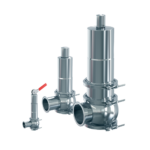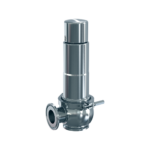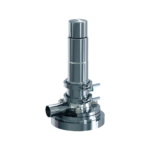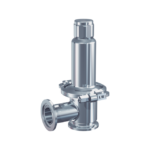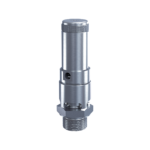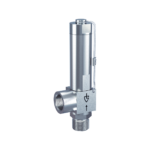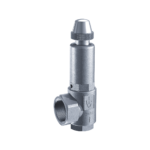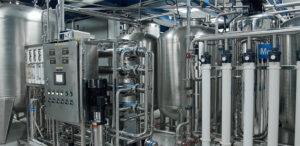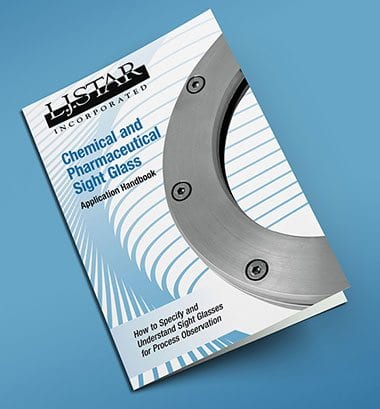Goetze 4020 tGFP Maintenance
Valve Goetze 4020 tGFL Maintenance
Goetze 4020 tGFO Maintenance
Quality Assurance
Every Goetze safety relief valve undergoes rigorous testing and validation:
- Individual valve testing and certification
- Material traceability documentation
- Compliance with international DIN standards
- Detailed performance documentation
- Valves pass EU certification and TÜV component test
Why Choose LJ Star Safety Relief Valves?
- German engineering excellence combined with local support
- Comprehensive pharmaceutical and industrial solutions
- Advanced design features for superior performance
- Multiple configuration options
- Expert technical guidance
- Product availability
- Documented quality assurance
- Proven track record in critical applications
Partner with LJ Star to access world-class safety relief valve technology backed by comprehensive technical support. Our solutions help you maintain process integrity while ensuring regulatory compliance and operational efficiency.
Contact our technical team today to discuss your specific application requirements and discover how our safety relief valve solutions can optimize your process safety systems.
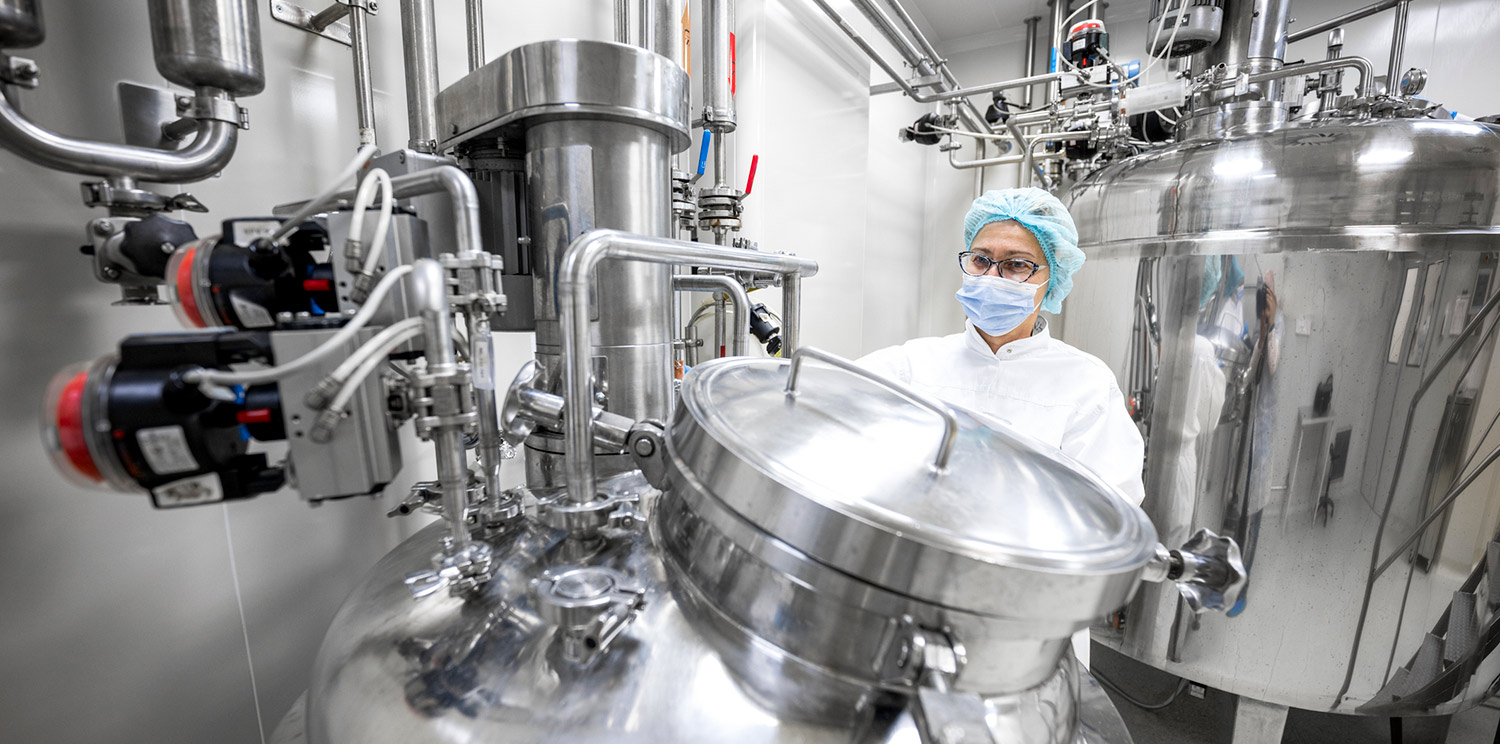
Frequently Asked Questions
What is a safety valve used for?
A safety valve is a pressure relief device designed to protect equipment and personnel by automatically releasing excess pressure from a pressurized system. It activates when pressure exceeds a predetermined threshold, preventing catastrophic failures and potential explosions in pressure vessels, boilers, and other pressure systems. LJ Star offers reliable Goetze safety valves as part of its comprehensive pressure management solutions for sanitary process industries.
What are the different types of safety valves?
The main types of safety valves include conventional spring-loaded valves, balanced bellows valves, pilot-operated valves, and proportional valves. Additional varieties include thermal relief valves, vacuum relief valves, rupture discs, pressure-vacuum valves and electronically controlled safety valves, each designed for specific applications and operating conditions. LJ Star specializes in high-quality Goetze safety valves tailored to various hygienic applications.
What is the difference between a PRV and a safety valve?
A Pressure Relief Valve (PRV) is a broader category that includes safety valves but can be designed to modulate and control pressure within a system. Safety valves, specifically, are a type of PRV that open fully and quickly at a set pressure point to prevent catastrophic overpressure events, making them the last line of defense in pressure systems. LJ Star provides both precision safety valves and PRVs as part of its comprehensive pressure management portfolio for critical hygienic process applications.
What happens if a safety valve fails?
If a safety valve fails, excessive pressure can build up in a system, potentially leading to equipment damage, rupture, or catastrophic explosion. The consequences can include serious injuries, significant property damage, environmental contamination and production losses depending on the system and substances involved. LJ Star’s rigorously tested safety valves and preventive maintenance programs help facilities avoid these dangerous failure scenarios through reliable, high-performance pressure relief solutions.
What are safety valves generally used with?
Safety valves are essential components in sanitary processing systems including pharmaceutical manufacturing, food and beverage production, biotechnology facilities, and clean room operations. They’re commonly integrated into sterilization equipment, CIP (Clean-in-Place) systems, and hygienic process vessels where maintaining precise pressure control is critical for product integrity and operator safety. These valves are particularly important in regulated industries to prevent contamination and ensure product purity. LJ Star provides specialized Goetze safety valves designed for integration with a wide range of sanitary processing equipment, ensuring appropriate pressure protection across diverse industrial applications.
How do I choose a safety valve?
When selecting a safety valve, consider the system’s maximum allowable working pressure, required flow capacity, temperature conditions and the specific media being handled. Additionally, ensure compliance with relevant industry codes and standards (like ASME, API, or PED) and consult with a qualified engineer to properly size and specify the valve for your sanitary application. LJ Star offers expert consultation services to help customers select the optimal safety valve for their specific processing requirements, to provide both regulatory compliance and operational safety.
How does a safety valve work?
A safety valve works by using a spring-loaded disc or plug that remains closed against system pressure until the force exceeds the spring compression setting. When the predetermined pressure threshold is exceeded, the force overcomes the spring resistance, opening the valve and allowing excess pressure to escape until system pressure returns to safe levels, at which point the spring closes the valve automatically to maintain system integrity. LJ Star’s precision-engineered safety valves incorporate this reliable mechanical principle with properly selected materials and engineered designs that provide dependable pressure protection across various industrial applications.
How do I know if my safety valve is bad?
Signs of a failing safety valve include visible leakage around the valve seat, unusual noises like hissing or chattering, activation at incorrect pressure levels, or failure to close completely after operation. Regular testing during maintenance intervals may also reveal issues such as corrosion, deposits or spring fatigue that could compromise valve performance.
How often should safety valves be replaced?
Safety valves should typically be inspected and tested annually, with re-certification or replacement schedules determined by industry standards, manufacturer recommendations and local regulations. Most safety valves require full inspection and re-certification every 3-5 years, though harsh environments, corrosive media or frequent valve operation may necessitate more frequent replacement. LJ Star can provide guidance for proper valve maintenance or discuss replacement schedules to ensure continuous protection and regulatory compliance for your pressure systems.
How do I make sure my safety valves work properly?
To ensure proper safety valve function, implement a regular inspection and testing program following manufacturer guidelines and industry standards like ASME or API. Keep detailed maintenance records, conduct periodic pressure tests, inspect for signs of damage or corrosion and have qualified technicians perform valve repairs or replacements when needed.
